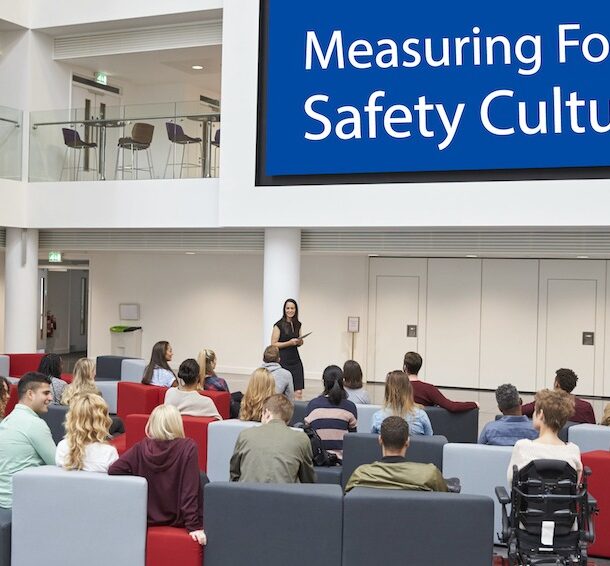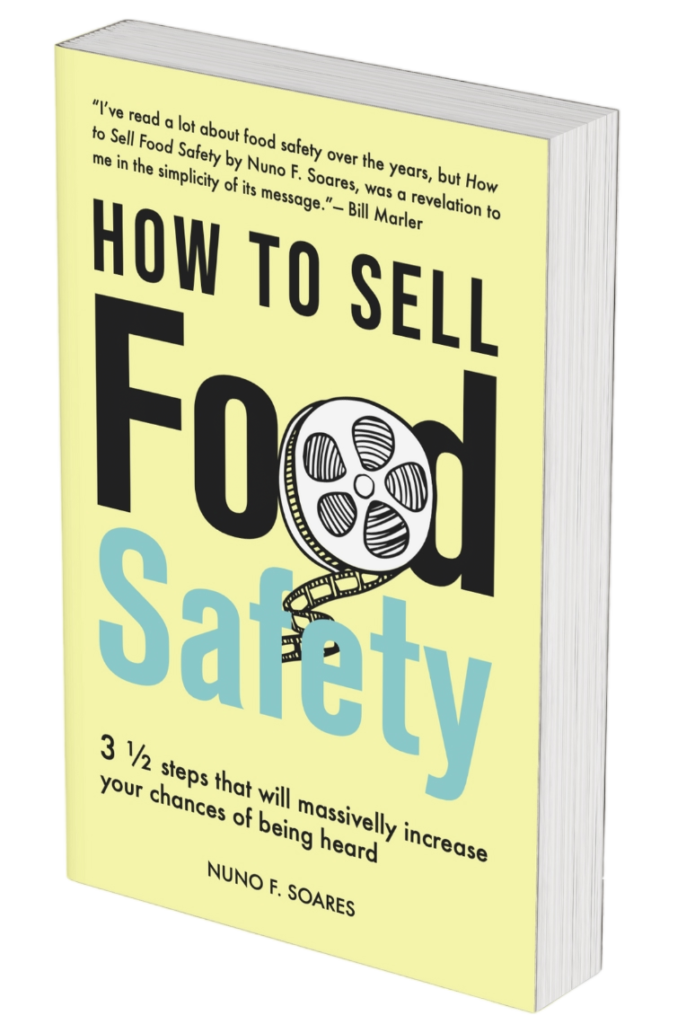
The more we think and do as we build food safety culture, we must proactively associate people’s understanding, “Why they do what they do, and the WHY of food safety”
The world’s first ever Food Safety Day was celebrated on June 07, 2019 by United Nations (UN) under the theme “Food Safety, Everyone’s Business”. Food professionals around the globe were delighted to see such a positive move. What triggered such a move? Why only after so many years and loss of millions of Human Lives do we realize that human safety is related to consumption of food i.e. Food Safety?
The UN designated two of its agencies, Food and Agriculture Organization (FAO) and World Health Organization (WHO) to lead efforts in promoting food safety around the world. FAO and WHO are joining forces to assist countries to prevent, manage and respond to risks along the food supply chain (both domestically produced or imported) and working with food producers and vendors, regulatory authorities and civil society stakeholders. All these efforts are meant to save Human Lives through Food Safety.
WHO estimates 1 in 10 individuals globally become ill after consumption of contaminated food which translates to 600 million cases of reported foodborne diseases annually. Foodborne diseases impede socioeconomic development by straining health care systems and harming national economies, tourism and trade.
According to FAO, “Food safety is the absence, or safe, acceptable levels, of hazards in food that may harm the health of consumers”. This includes a number of routines that should be followed to avoid potentially severe health hazards. Food Safety is a continuous process that requires well-planned management with constant investment over years. Only when value chain operators have the capacity to comply with food safety regulations will they improve the safety of foods produced and improve their livelihoods.
Food Safety remains the priority element of food and nutrition security. While agriculture and food production are essential to development in many countries, food producers often lack the capacity, knowledge and infrastructure to assure safe food. Globally, governments need to reflect on the link between food safety and market access, economic development and poverty alleviation.
FAO and WHO underline the importance of everyone’s access to safe, nutritious and sufficient food. Safe food is critical to promoting health and ending hunger, two of the primary aims of their Sustainable Development Goals. Safe food allows for suitable intake of nutrients and contributes to healthy lives. Safe food production improves sustainability by enabling market access and productivity which drives economic development and poverty alleviation.
The stakes in food safety increase each year as per statistics. It’s not difficult to imagine the civil and criminal liability for causing harm to consumers. The damage to a company’s brand, reputation and its business pressures from downstream retail customers and shared liability with upstream suppliers … not to mention ever increasing government regulatory oversight repercussions and legal ramifications! At the end of the day, we are dealing with Human Lives, this matters the most on this planet earth.
The bulk is attributable to little mistakes or missteps such as cutting corners with effort, recordkeeping or funding. There is absolutely no time to be cheap with Food Safety. This is the time to invest in the most sanitary of equipment, processes and food safety training.
Statistics don’t lie. As rightly pointed out by the WHO Director General – Dr. Tedros Andhanom Ghebreyesus, “unsafe food kills an estimated 420,000 people every year. These deaths are entirely preventable”. This statement points out the tremendous impact unsafe food has on the Human Lives.
While billions of humans around the world are at risk due to unsafe food, millions become sick and hundreds of thousands die every year due to consumption of unsafe food.
It is evident now that investing in Food Safety or Safe Food processing enhances individual and population health. Safe food supports national economy, trade and tourism, contributes to nutrition security, and underpins sustainable development. Investing in Food Safety also helps industries and institutions reduce costs, product waste and consumer complaints while building the brand name.
Food is essential to life; hence safe food is a basic human right.
The Why of Food Safety as a building block of food safety culture
What makes people move and do things? A compelling mission!
The more we think and do as we build food safety culture, we must proactively associate people’s understanding, “Why they do what they do, and the WHY of food safety”.
The problem is that many organizations and their top management look at food safety, and particularly a food safety program certification as the end goal (or, at most, as a means to reach a new market or fulfil a big retailer requirement). The reality is that food safety is not the end goal, food safety is the means to achieve a higher purpose.
We, food safety professionals, have a decisive role to bring this message inside food sector organizations. First, we must believe and live by it.
If you think that your mission is to define requirements the organizations must fulfil to guarantee food safety, you are wrong. If you believe your mission is to respond to client complaints and check corrective actions effectiveness, you are wrong. If you believe that your mission is to train people on food fraud mitigation measures, you are wrong. If you believe that your mission is to check if people are washing their hands, you are wrong. Though these prerequisites are important, these are only tools we use to achieve our higher purpose: Saving People’s Lives. Don’t be mistaken, all the above and more is very important to assure food safety but that won’t get you (nor anyone in the organization) out of bed every day with the super energy and drive necessary to do it ALLLLL OVERRRRR AGAINNNNN to the daily drumbeat of effective Food Safety.
Train competent personnel inside an organization to understand that their mission encompasses saving lives by accomplishing their specific role and tasks in assuring food safety is the most challenging and decisive assignment of a food safety professional.
This is why everyone in the organization shall become the SLO (Saving Lives Officer). If you haven’t yet, use the link below to see the video: The Why of Food Safety – Become the SLO
In 2018, GFSI released a position paper “A Culture of Food Safety” which defined 5 dimensions of the food safety culture: Vision and Mission, People, Consistency, Adaptability, Hazard and Risk Awareness. When we look to GFSI’s 5 dimensions of food safety culture we can identify several ways The Why of Food Safety – Become the SLO initiative can have a positive impact, particularly on the first two.
Vision and Mission addresses business reason to exist and I am sure that no organization’s mission or vision in this sector include harming consumers, and people … well, people are the critical component of food safety and the recipients of The Why of Food Safety – Become the SLO initiative. The document also defines food safety culture as shared values, beliefs and norms that affect mindset and behavior toward food safety in, across and throughout an organization.
Can you see how aligned The Why of Food Safety – Become the SLO initiative is with GFSI’s food safety culture definition? People must understand and believe that what they do (norms) matter for saving people’s lives. Giving people this higher mission will definitely imprint a new mindset and collaborative behavior in the organization … after all, we are consumers too! One day, our own loved ones may end up in a hospital bed with food poisoning because they ate unsafe food, right?






